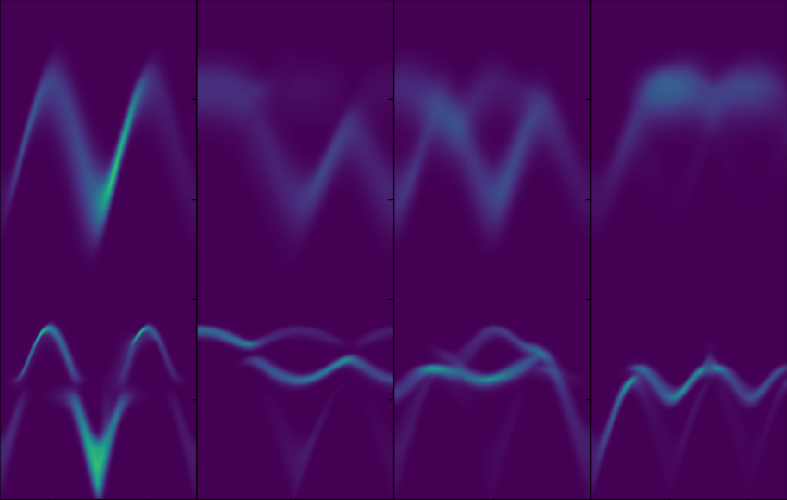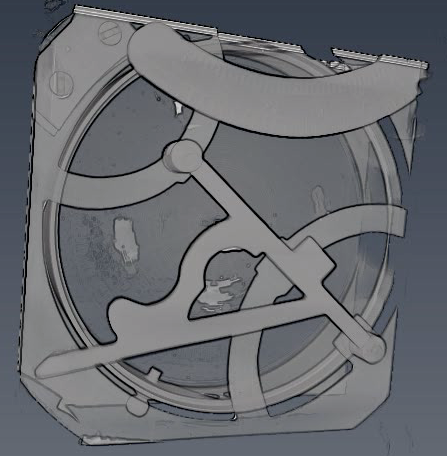Neutron Bragg edge modeling
Interactive plots for ARCS flux/resolution
is now available at https://arcs.pages.ornl.gov/resolution
The plots allow users to make educated decision about choosing the Fermi chopper settings.
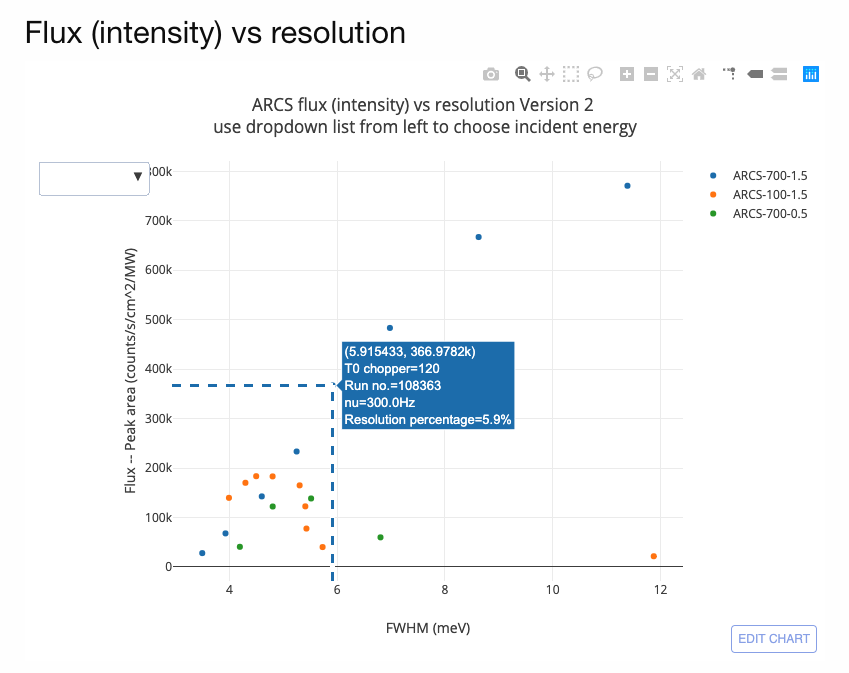
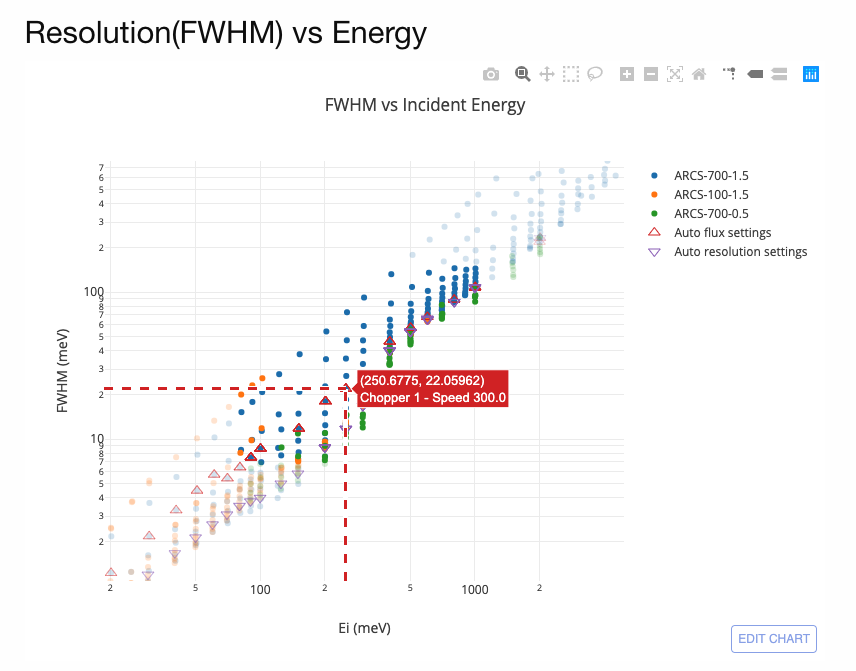
iMars3D: Neutron tomography reconstruction
A snapshot of a neutron CT reconstruction.
Neutron has greater penetration depths and has different cross section dependency on elements than X-ray. Neutron tomography can be used to study a variety of larger samples and is finding applications in engineering, material science, biology, and archeology. This package is in use by ORNL neutron imaging beamlines for neutron CT reconstructions.
First automatic CT reconstruction for the CG-1D beamline at HFIR
- New metadata added to images acquired at CG-1D beamline to identify grouping of CT scans
- Auto-discovery of the image files improved for a CT scan, including open beam and dark field images based on measurement time
- Auto-cropping algorithm improved to work with more measurement scenarios, especially those with slits
- New trigger from Cataloging service added to start the auto reduction service for CG1D
- Auto-reconstruction script implemented
- First successful auto-reconstruction happened Sept. 13, 2018
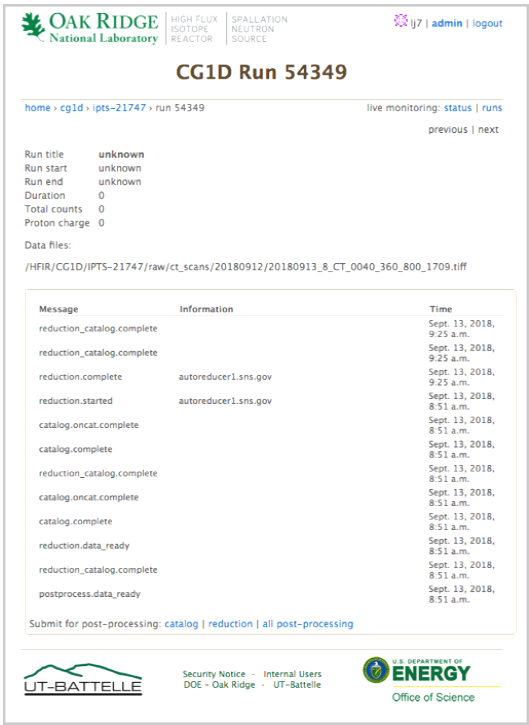
SEQUOIA detector calibration
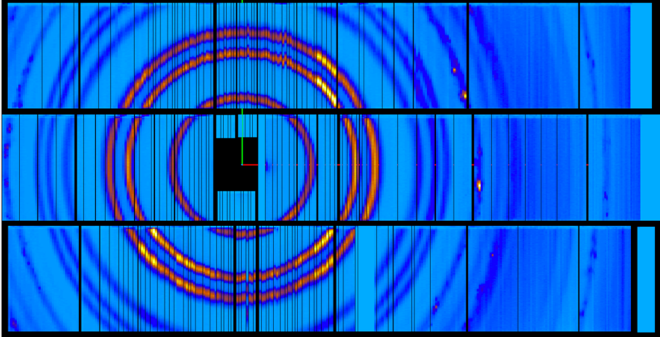
- Detector geometry calibration was performed using powder Si and C60 calibration datasets to better determine the positions and orientation of detector packs in the SEQUOIA instrument.
- Positioning of some detector packs were significantly improved

A website for this calibration work is at https://sns-chops.github.io/SEQ-IDF-12292017/
Multiphonon
Obtain phonon density of states from neutron DGS data, applying multiphonon corrections.
SEQUOIA detector calibration
Powder diffraction data were used to calibrate the position of detector packs for the SEQUOIA instrument.
